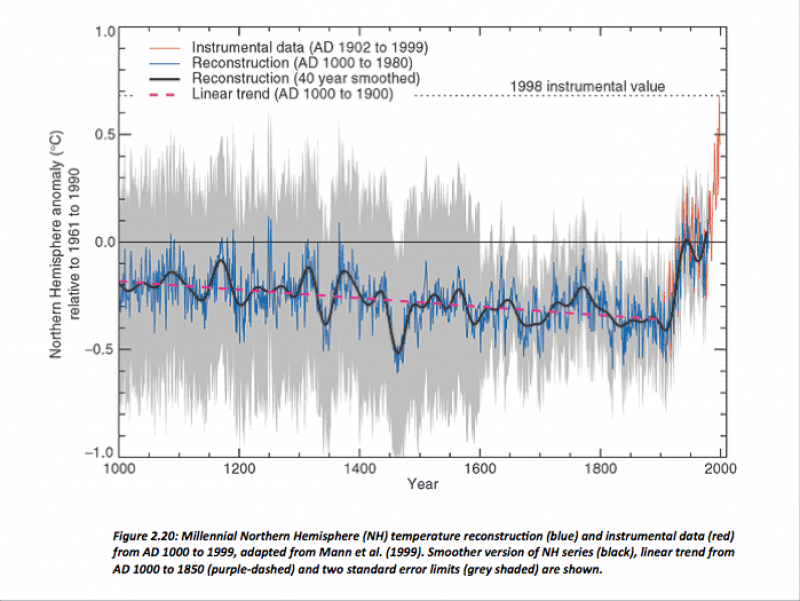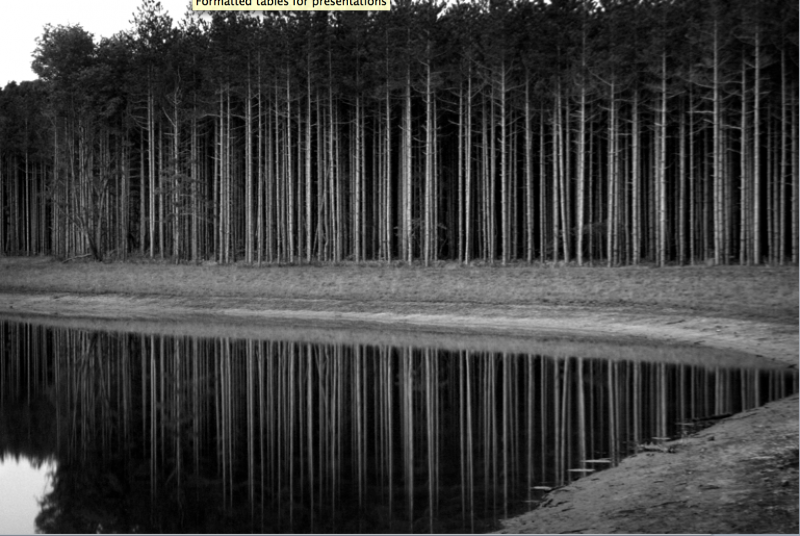Serendip is an independent site partnering with faculty at multiple colleges and universities around the world. Happy exploring!
Blogs

The Hijabi Monologues
as promised: attached find the script; the links to the BMC performance are @
http://www.youtube.com/watch?v=eOFbIjXfBx0&list=PLURlCoT5iFbeubSDMRn3fSUd-bEmg9vfG
as the manual explains, this script differs from The Vagina Monologues,
which give voice to a mostly private aspect of women's lives: The Hijabi
Monologues take something public, which everyone seems to have an opinion about,
and give it a personal voice. The characters of each monologue wear the hijab,
but the hijab is not the focus of any story.

Translating the World: Cloth, Communication, Survival
The islands are the trailing threads of India’s fabric, the ragged fringe of her sari, the ãchol that follows her, half wetted by the sea. (Ghosh 6)
The sari, an integral part of Indian culture, features prominently in Amitav Ghosh’s story of the Sundarbans, The Hungry Tide. In the quote above, Ghosh uses traditional Indian garments as a metaphor to talk about the shape and geography of the tide country, but the role of such textiles and of clothing in general plays many other substantial roles throughout the course of the story. As humans, we tend to take clothing for granted and forget the space it takes up in our life. Clothing is one of the major factors that distinguish humans from animals, and in many cases we use it to protect ourselves against the elements, against nature. In a book that holds so much commentary and insight about the debate of humans vs. nature (humanism/environmentalism), Ghosh gives many examples of the importance of clothing for human connection, communication, and survival.

Historicizing the Flipped Classroom
The latest article posted to the Tomorrow's Professor mailing list, "1330. Flipped Classrooms- Old or New?," reconnects the idea of the "flipped" classroom to long-standing educational practice.
Current media coverage paints "flipped" as a revolutionary form of blended or technology-enhanced teaching. Instead of lecturing, an instructor introduces key concepts and skills though online videos or interactive tutorials, which students are required to complete before class. The instructor then uses class time for active learning exercises designed to help students engage with and master that material -- such as problem-solving, group projects, in depth discussion, debates, etc.

From Hypothesis to Home: the insider/outsider dynamic of science and society
I have often wondered why I gravitate toward science, why this way of interpreting the world speaks to me. And yet, I have often wondered why despite being given the tools to dive right into the nucleus of science—research—I instead prefer to circumnavigate the nucleus in a quick-paced orbit like an electron, buzzing around but never quite finding home in the heart of scientific investigation.
Reading The Hungry Tide, I immediately connected with Piya’s character. A scientist, and marine biologist at that—a field I have explored many a day and night during my Sea Semester as I collected phytoplankton data aboard a rocking ship in the middle of the Pacific. New data was exciting, especially with the thrill of acquiring it in such dynamic and challenging conditions. The excitement Piya felt when seeing her first dolphin aboard Fokir’s boat resonated with me deeply—I have felt so similarly. But in this excitement lies tension too: when does science cross into the realm of self, community, and place? When does it grow from the act of forming a hypothesis to an act of building a home?

Bundt Cake Celebration
An interactive installation by Ava Blitz, Mellon Creative Resident for the 'Eco-Literacy' 360.
Enjoy and interact with the piece, but please respect it and do not remove anything from the site.
Thank you.
The very first Bundt Cake was made back in the 90's on Bryn Mawr's campus, outside of Arnecliffe Studio. Ave dug a hole in the ground, filled it with concrete- dug the piece out, carved it, and set it back into the depression- to be reclaimed by nature. This form has evolved over time. Carved and cast in various sizes and materials, it has occupied various environments, in the earth, on the earth, suspended in the air, and floating on water. Its interpretation is ambiguous-- nature made--human made--natural--unnatural?
The community of Bundt Cakes here is meant to be an interactive piece for the Bryn Mawr community to explore these questions.

Re-framing a Justice for Right Relationships
At our first 360 meeting in Camden, the 360 participants and CFET members had an interesting conversation on Eco-Literacy and Environmental & Social Justice. During this discussion, Michael from CFET made a comment that has remained with me through the course of this semester. He mentioned that he did not like the term “justice” as an organizing idea as it implies that there is always an impartial arbiter determining what is “right”. As someone who has felt involved and active in the pursuit of social justice, I had not previously thought there might be something problematic about this concept. Over the course of the semester, in and out of the 360, I have begun to question and challenge the idea of justice. What is justice? Who determines what is “just” and “right”? Must justice be achieved at the expense of something else? Does social justice perpetuate and reproduce existing social inequalities and hierarchies? What about ecological justice? Is there a way for eco-justice and social justice to co-exist or is there tension between them? Is justice inherently human centric? Is there a way to expand this concept to the wider natural world? To assist me in exploring these questions, I will draw on John Humbach’s essay “Towards a Natural Justice of Right Relationships”, J.M. Coetzee’s The Lives of Animals, and Teju Cole’s “The White Savior Industrial Complex”.

Representation in Science: Bias and Negativity
What are the similarities and differences between the following images?

(Callaway)

(Callaway)

"cannot unsee"?
since this features my and sophia's sister's "duck-rabbit,"
i can't resist sharing it w/ you all,
along w/ the question of what, since this 360, can you "not unsee"?
Things You Cannot Unsee (and What That Says About Your Brain)

Getting to know the Liney 'Ditch' Park: a lesson plan for Camden
Intro/rational:
I’ve so enjoyed working with the fifth grade class in Camden this semester, and yet I’ve found our limited connection to be very frustrating. Due to the various time and logistical constraints, as well as the fact that there are so many of us teaching together and we haven’t been working this class continuously, I have not been able to carry out my dream lesson plans. Therefore I decided to design a lesson plan for a week-long unit in their class. In this imaginary scenario, I am the teacher, and have been for the whole year. They will be coming out of a long couple of units on slavery and the civil rights movement, and my hope is that this week and the unit after it will bridge a connection between the two. (I’ll use a book called Roll of Thunder, Hear My Cry by Mildred D. Taylor.) It will likely be around the end of September, or perhaps in the end of April/beginning of May. These are times when it tends to be fairly warm and nice out but the weather is not reliable so we may end up having some interesting conversations about how ‘bad’ weather plays into our concept of nature/environment.



